Sail Test: 26 knots for the iFly 15
All images by Arno Terra & Michael Miller. – Nice to have Arno testing the iFly 15, I have sailed the F20, FP and sal regularly foiling As, but didn´t have the chance yet to sail the S9 (couldn´t sailed it at Punta Ala 2015) or the new iFly.
Arno has been helping to develop the double luff Heru sail for his A-Cat and now also equipped in the iFly 15.
A priori one would think that recreational cats with double wand systems are super stable but not that fast, mainly on the drag factor (Sunnuck’s M20 Vampire is another toy altogether and has tilted Ts main foils).
26knots was the guys recorded at our local Club two weekeends ago on the FP and the F20 on excellent flat day a good breeze (these two boats are capable of +30knots no problem though) and I don´t have much reports from As above 25knots, 24knts achieved by Sandro and others, also by Mehl here last month on the F1. Mischa, Bundy and Brewin for sure have that range too but no has showed yet a 27 or 28 knots run for that matter. This only to put in perspective what Arno has achieved on the iFly
Check report by Arno below aboout his rides on the iFly 15. For detailed pics of hardware and conf check previous iFly 15 posts.
———————————————-
iFly 15 First fast active flight by Arno Terra
“Week 5 of this year I flew to Alicante to test sail the iFly prototype on the Mar Menor, a well know spot for boat testers in the winter months.
It was my first flight on a boat with active controls. Active controls as in the Moth with a wand and movable flaps.
To my surprise I clocked in my first flight directly a 26.2 kt run, a speed I never accomplished on my foiling A-class.
Circumstances were not ideal, it was very gusty, I struggled with the sheeting but nevertheless I felt in control and to my surprise I did not even miss the footstraps. I could easily adjust pitch by moving my body fore and aft and never lost my balance. When I luffed too much to control the boat, the boat did heel quite a bit to windward but had never the tendency to capsize, where in the A-class it s quite easy to capsize to windward if you luff to aggressively.
High speed can only be accomplished in a small boat when efficiency is high. It looks that the four foil active system is a worthy alternative for the four foil Z board system.
Both systems have their own strengths though. The active system adds complexity and by that costs but is easier to handle for the non experienced sailor. e..g. I could easily foil downwind while sitting on the side, something I could not manage on my last A-cat.
Foiling gybes are also quite easy with the active system as the flaps can effectively double lift and keep you foiling in the gybe.
I sailed the iFly with the big rig. For the iFly two rigs have been developed, One with a 7.5m mast and 12.5sqm and one with a 8.5m rig and 14.5 sqm.
The small rig is easier to sail and once foiling it does not feel small.
The idea behind the big rig is to offer lower lift-off speeds with just a mainsail and more depth downwind once foiling. It is just the rig for the high performance sailor who wants to optimize his VMG. It is more of a handful and you have to adjust the trim and settings more often, where the small rig operates in an almost automatic mode.
Indeed a more recreational foiler vs a more high performance machine. The big rig has a sail area to weight ration comparable to that of an A-cat.
The advantage of the four foil Z board is configuration is that it unloads the windward board automatically once there is some sideslip/leeway. That’s why you see the full bottom deck sweepers and the high position of the traveller.
With the small rig on the iFly you do not have to unload the windward board, which has the advantage that it is almost impossible to capsize the boat to windward. Once you drop the windward hull the extra lift created by the flaps is more than enough to righten the boat and prevent a capsize.
Top speeds with the small rig are still mid twenties, just the angle is a bit higher than with the big rig or on an A-cat.
With the big rig you have to unload the windward foil by adjusting rake with the worm drive to get maximum performance.
The small rig boat has also the option to set a Code F, which is basically a flat code Zero set on the hull instead on a pole. It seems to work fine but I have not sailed it myself, but it is definitely an option to have fun in the lighter winds.
Strong points of the active foils are the pitch stability and the ability to have foiling gybes and perhaps foiling tacks. The pitch stability is why you see such high consistent speeds and why you do not need the footstraps.
I feel that there is a future for both the 4 foil Z board configuration and the 4 foil active flight configuration. Foiling newbies I can recommend the active flight system both for fun and safety. The racing enthusiasts will still be better off with an A-cat or Moth, but once the iFly has established itself as racing class we will see competitive racing on active flight boats too.
It is simply not true that the active boards make the boat easier to race, it still takes a lot of skills to get the max performance out of the boat, but indeed it is easy to foil and have some foiling fun.
————-
————-






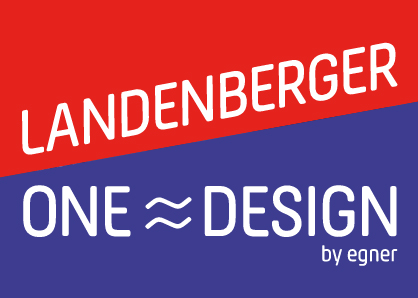
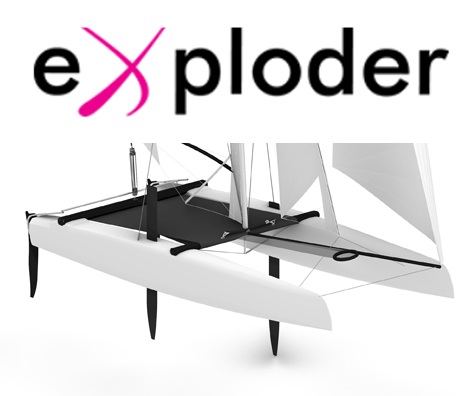
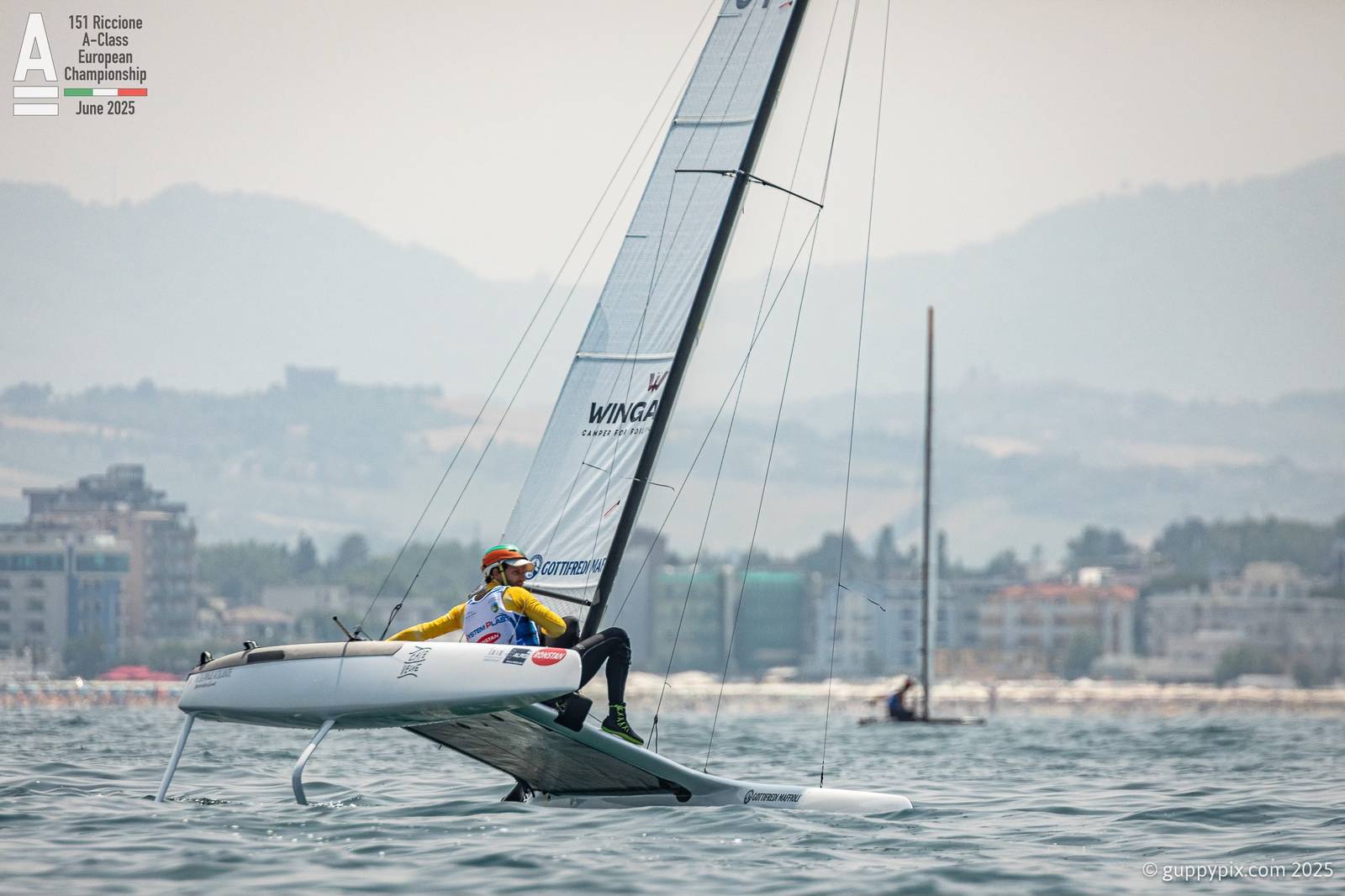
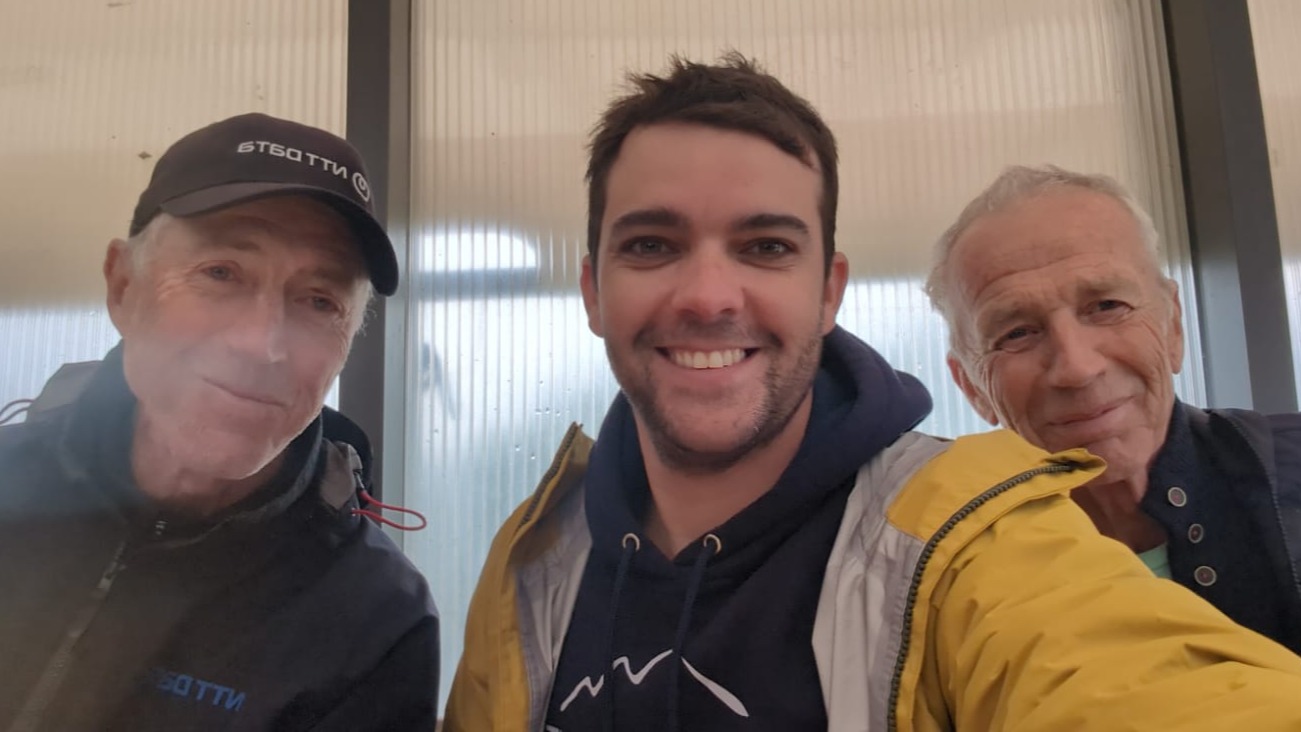
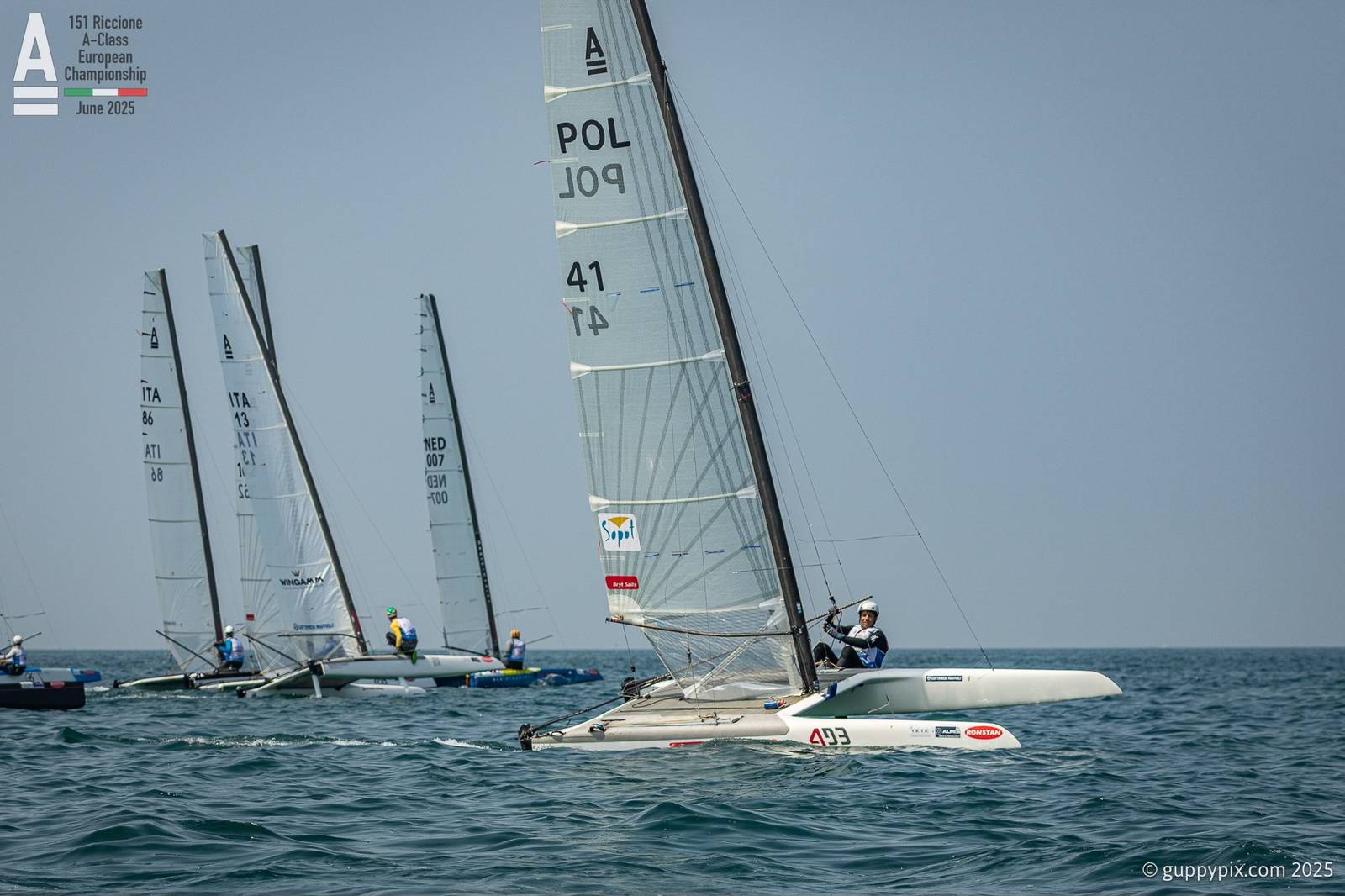
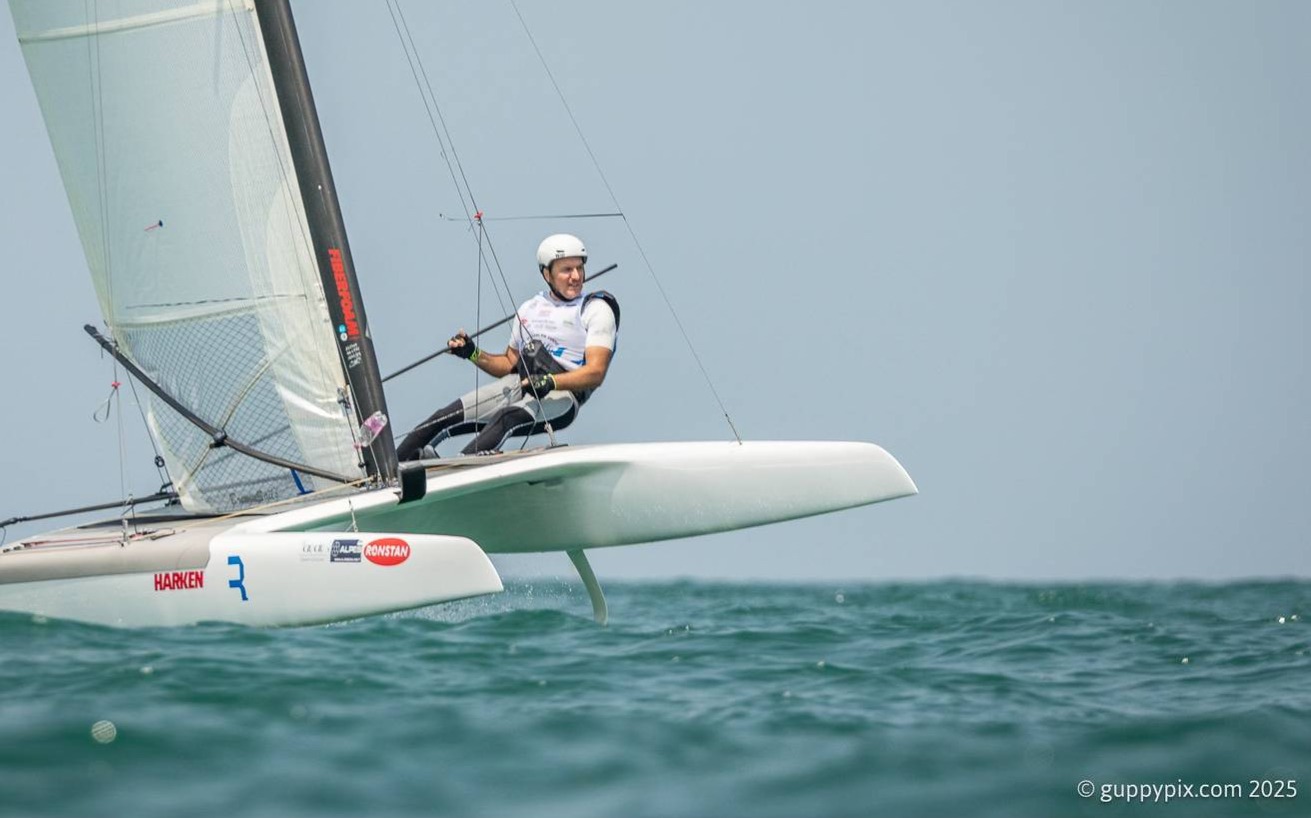
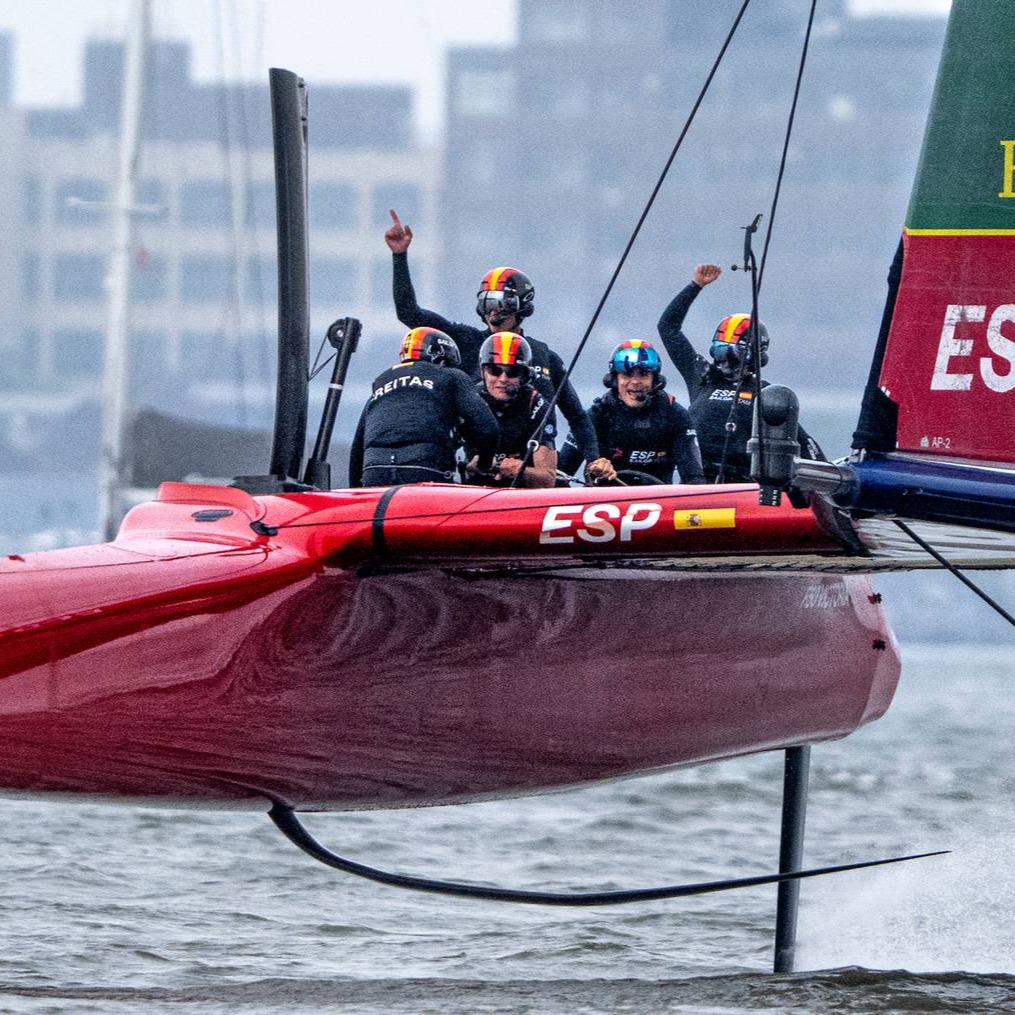
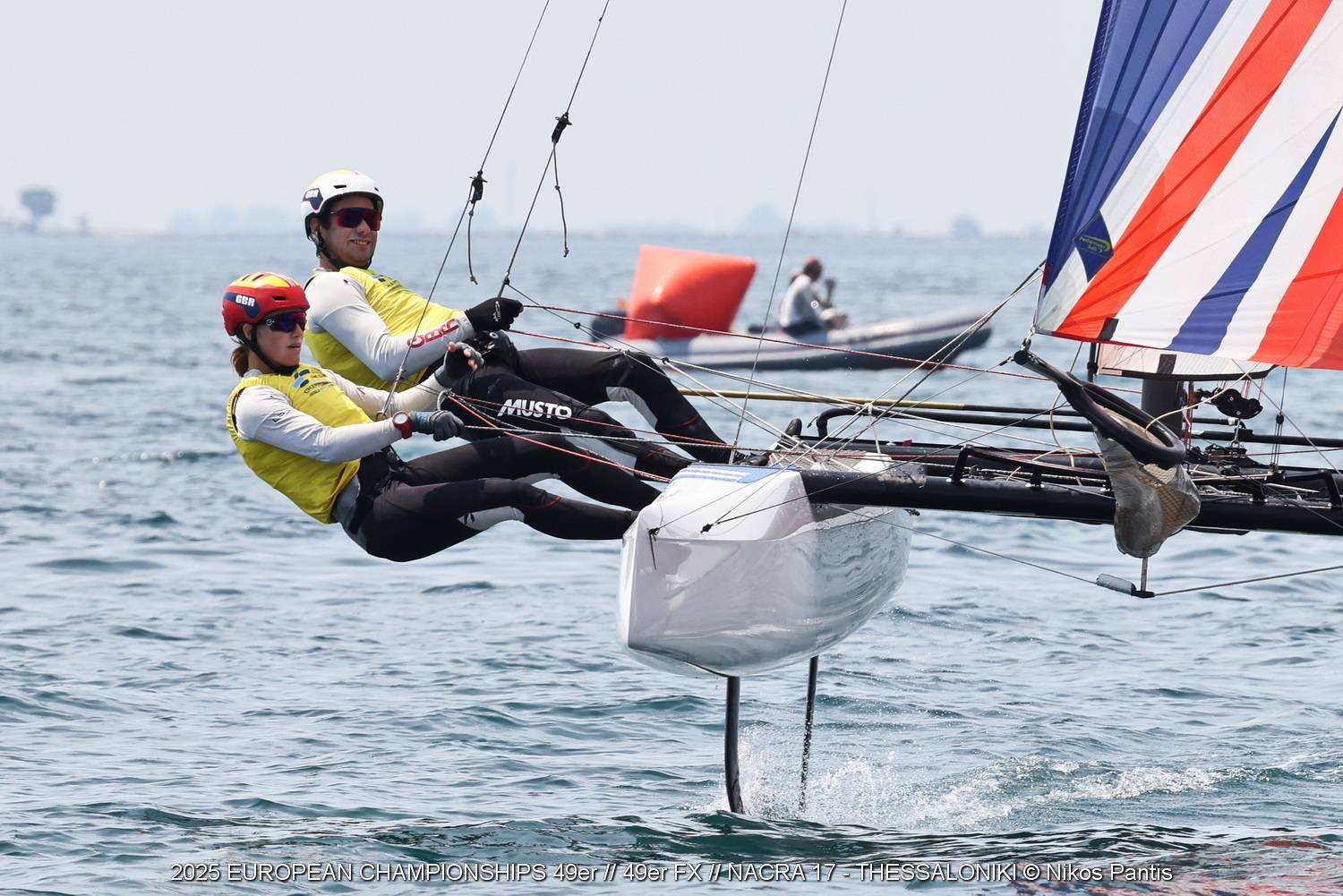
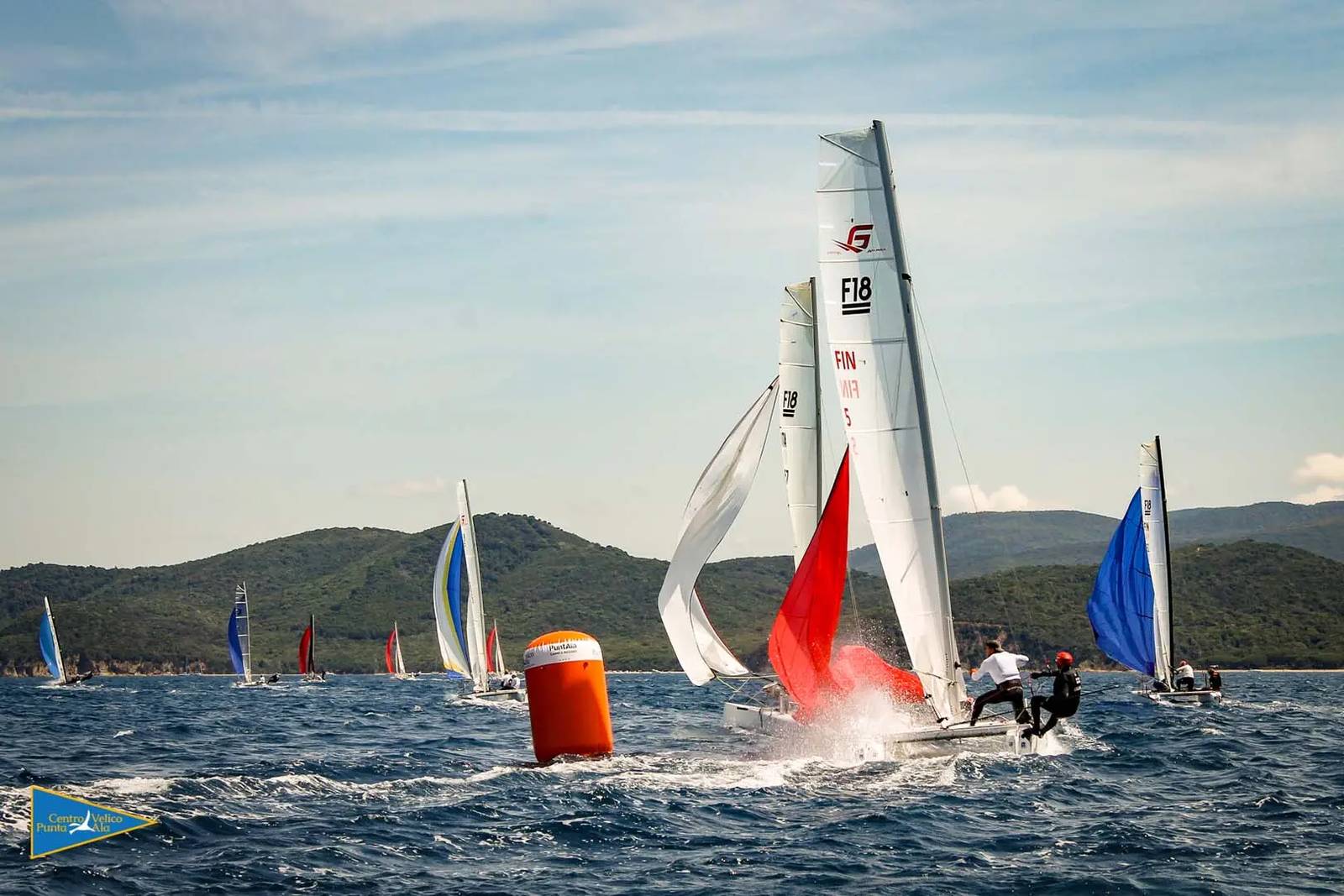
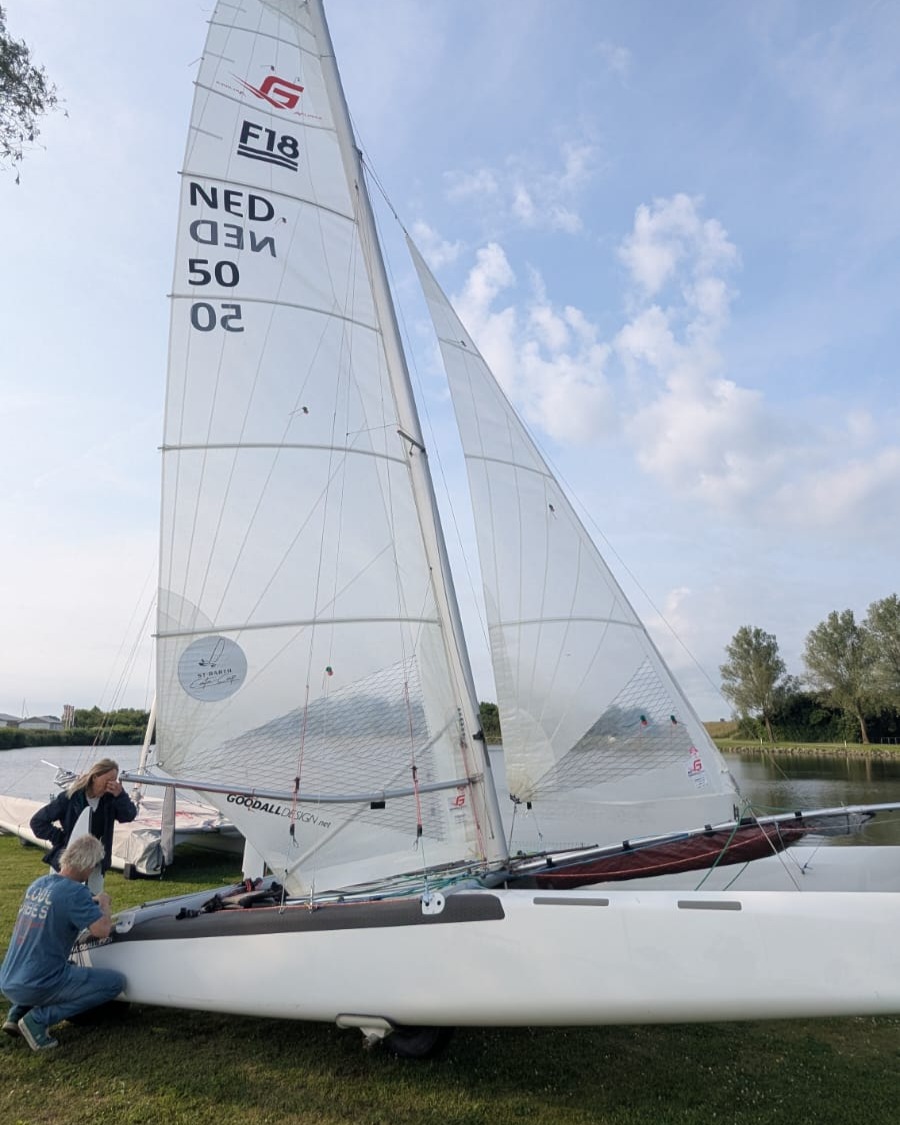
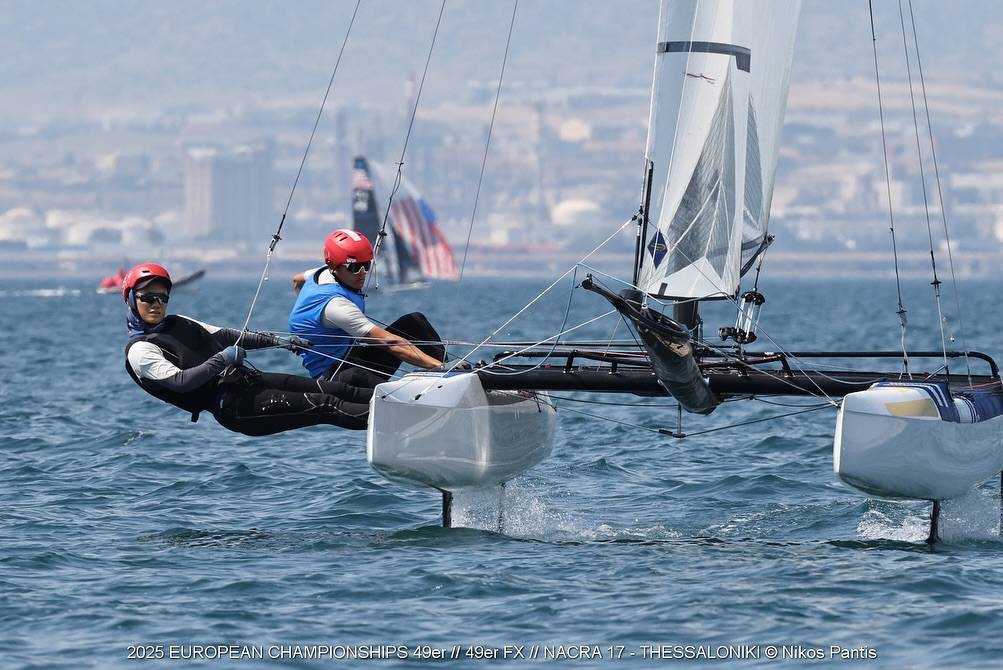




















good morning
I am trying to find a second hand Foiling Cat( Whisper , Ifly 15 ,,Nacra 20 FCS or F1 Aclass) and was wondering if you have any adress .
Thank you very much
Best Regards
William Claeyssens
Interrested in Ifly or s9 Have many sandbars here Please advice Nearest dealer and price Willem van Dijk 905 lighthouse lagoon Ct Panama City Beach Florida 32407 cell 850 238 5735 many many thanks